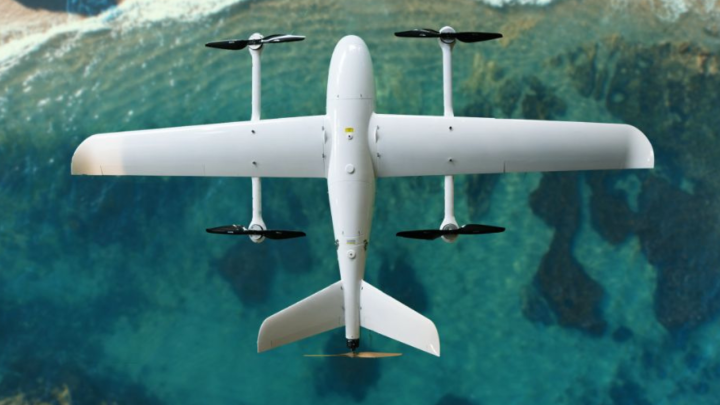Hydrogen-propelled drones could be just around the corner in Australia in the wake of a $1.3 million grant from the federal government.
The Swinburne Aerostructures Innovation Research Hub (AIR Hub) is set to develop and trial Australia’s first hydrogen-propelled drone thanks to a $1.3 million dollar grant from the federal government’s Emerging Aviation Technology Partnerships program.
The Hydrogen to the Skies (H22S) project’s purpose is to develop a hydrogen propulsion system to integrate into a large-scale drone. Their goal is to, “work with Australian partners to help spearhead the commercial development of clean, zero emissions uncrewed air systems.”
Swinburne’s official site says they aim for the first prototype to be completed by the end of 2023.
The director of AIR Hub, Dr. Adriano Di Pietro, estimates the project will yield millions of dollars in technology export revenue by the early 2030s.
“With long range, zero carbon emissions and a low noise footprint, hydrogen-powered air vehicles represent the future of environmentally sustainable and socially responsible advanced air mobility,” Dr. Di Pietro said.
The turn to hydrogen-propelled aircraft comes with extended range and payload options when compared to pure battery electric systems.
Love Music?
Get your daily dose of everything happening in Australian/New Zealand music and globally.
“We are proud to be putting Australia at the cutting edge of this rapidly growing industry and improving outcomes for regional and remote communities across the country and the world.”
Deputy Vice-Chancellor research professor, Karen Hapgood, touted the project as having the potential to improve the lives of millions, and it urges its development to be fast-tracked.
“This next-generation green technology will not only help decarbonise Australia’s aviation industry but will also have positive effects for our regional communities, emergency services and advanced manufacturing sector,” Swinburne University’s deputy vice-chancellor Professor Karen Hapgood said.
“This funding will help grow Australia’s domestic clean aviation technology capabilities and ensure we can continue to create innovative technology for a better world.”
The final note to add is that while hydrogen has no emission at the point of propulsion, greenhouse gases are still being emitted in its production up until that point. That being said, switching to clean alternatives is an important step in the decarbonization of Australia’s infrastructure.

































